Galería de Arte Kyung-In (경인미술관)
9.0Km 2021-03-18
Insadong 10-gil 11-4, Jongno-gu, Seúl.
Es un museo de arte inaugurado el 6 de diciembre de 1983, localizado en el centro de la ciudad de Seúl. Más allá de ser un espacio cultural para los artistas, es uno de los lugares turísticos frecuentados por los turistas extranjeros. En una superficie amplia de aproximadamente 1.650 ㎡, posee 5 salas destinadas a la exposición de obras artísticas, sector de exhibición al aire libre, escenario al aire libre para la representación de eventos culturales, pantalla audiovisual, la casa de té tradicional Dawon, etc.
Siendo un espacio cultural que incorpora todos los detalles modernos y tradicionales, es utilizado para la exposición de obras y como lugar de encuentro entre los artistas. Todos los rincones de este museo ofrecen algo para disfrutar, ya sea el escenario al aire libre, las esculturas que se encuentran en el jardín o las piezas de arte. En primavera y otoño, se realizan conciertos musicales y ensayos de obras con los autores.
Isae (이새)
9.0Km 2024-02-21
Insadong-gil 30-1, Jongno-gu, Seúl
Centro de Arte de Seúl Galería Gongpyeong (서울아트센터 공평갤러리)
9.1Km 2023-01-03
Samil-daero 30-gil 10-3, Jongno-gu, Seúl.
Catedral Católica de Myeong-dong en Seúl (서울 명동성당)
9.1Km 2023-02-22
Myeongdong-gil 74, Jung-gu, Seúl.
La Catedral Católica de Myeong-dong es el corazón de las iglesias católicas de Corea y el símbolo tradicional de la zona de Myeong-dong. Las razones por la que muchísima gente visita este lugar, sin importar la fe que profese, es por la magnífica edificación arquitectónica y su interior, y, por supuesto, por la ubicación central, ya que se encuentra en la zona comercial más famosa de la ciudad de Seúl.
El diseño interior al estilo gótico es muy atractivo. La construcción comenzó en el año 1892 y se completó en mayo de 1898. La empinada torre, cuya altura es de 45 metros, sobresale por encima de los demás edificios de sus inmediaciones. Todos los edificios pertenecientes a la basílica fueron hechos de ladrillo, pero varían en la forma y color. Si pasa frente a la figura de Cristo que se yergue en el frente de la catedral e ingresa a ella, verá las magníficas columnas internas, las ventanas en vitró y el lujoso altar. Si gira sobre sus pies y mira hacia atrás, observará el lugar del coro y el órgano de tubos en el piso 2. Seguramente, sentirá a flor de piel el ambiente serio del catolicismo.
En el subsuelo hay una pequeña capilla y los mausoleos de los mártires. En la Víspera de Navidad, se realiza una misa solemne de medianoche en esta Catedral de Myeong-dong.
Museo del Búho (부엉이박물관)
9.1Km 2022-09-19
Bukchon-ro 143, Jongno-gu, Seúl
El búho es considerado como un animal símbolo de la sabiduría. En los cuentos infantiles, muchas veces se ven a búhos con gafas y libros en sus alas. El museo está diseñado al estilo clásico, como una cafetería, y expone obras artísticas, artesanías, etc., alrededor de 2.000 piezas relacionadas con los búhos. Dichos artículos fueron coleccionados durante 30 años, recorriendo varios lugares del mundo, por Bae Myeong-hui (madre de los búhos), quien es la directora del museo.
Es un espacio peculiar, que fue reconstruido sobre una antigua casa, y los visitantes son recibidos calurosamente por la madre de los búhos, que también les sirve café o té. Al estar ubicado cerca del centro de la ciudad, es ideal para aquellos que deseen disfrutar un momento especial, observando las artesanías y obras artísticas. Además, otra fuente de diversión es escuchar historias sobre los búhos y los episodios relacionados con la colección.
Parque Ichon del Río Hangang (이촌한강공원)
9.1Km 2021-07-27
Ichon-ro 72-gil 62, Yongsan-gu, Seúl.
Situado entre los puentes Jungnangcheongyo y Wonhyodaegyo, el Parque Ichon del Río Hangang es un lugar muy visitado por la gente por su hermoso paisaje y por ser un lugar ideal para hacer ejercicios o para dar un paseo tranquilo.
El parque cuenta con muchas instalaciones deportivas como la Plaza de la Juventud, campo de fútbol, tenis, gateball, pistas de patinaje en línea, etc. También hay programas de rafting en lancha de goma, muy popular entre los estudiantes y trabajadores de oficina, ya que son ideales para aliviar el estrés acumulado durante la semana.
The Sool Gallery (전통주갤러리)
9.1Km 2025-05-28
Bukchon-ro 18, Jongno-gu, Seúl
Espacio del Hansik E:eum (한식문화공간 이음)
9.1Km 2025-05-28
Bukchon-ro 18, Jongno-gu, Seúl
Sala de Exposiciones sobre Derechos Humanos en Corea del Norte (북한인권전시실)
9.1Km 2025-11-14
Samil-daero 393, Jongno-gu, Seúl
Museo Alive (en Insa-dong) (박물관은 살아있다(인사동점))
9.1Km 2025-08-13
Insadong-gil 12, Jongno-gu, Seúl
Con una extensión de más de 1.280 ㎡, el Museo Alive, inaugurado el 6 de marzo de 2014, está situado en Insa-dong, un vecindario conocido por su mezcla de ambientes, tanto históricos como modernos. Las exposiciones incluyen obras de efectos ópticos, objetos artísticos y contenido multimedia, entre otros. Más de 100 piezas está expuestas en las salas.
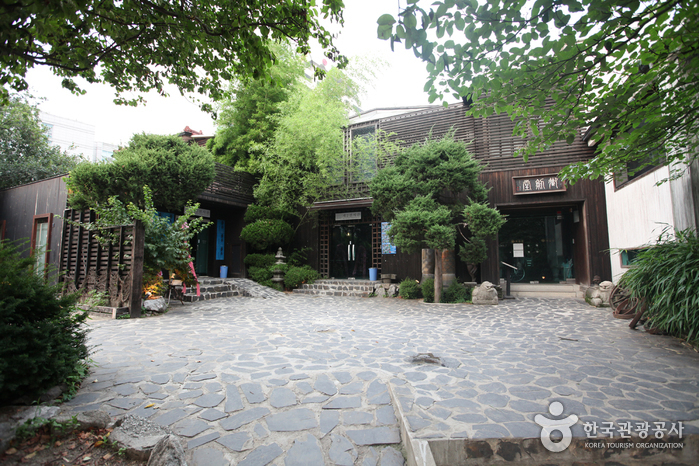
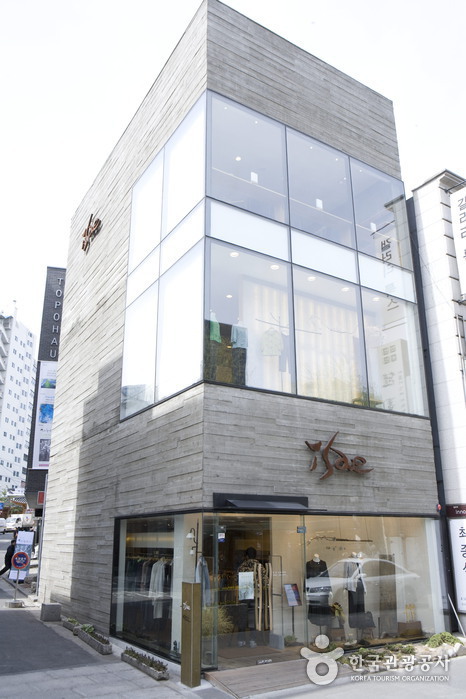
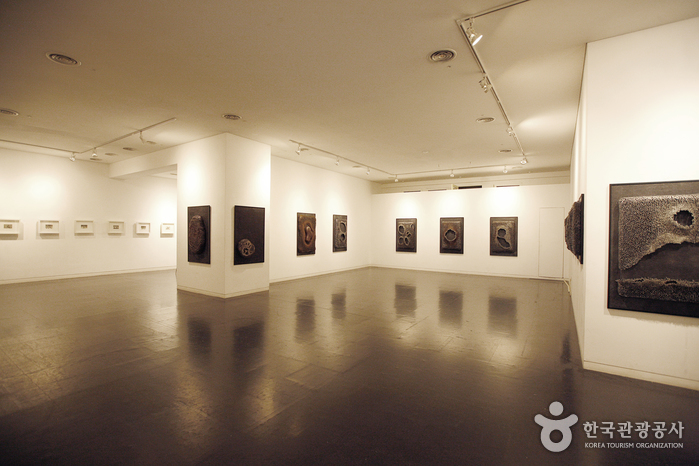
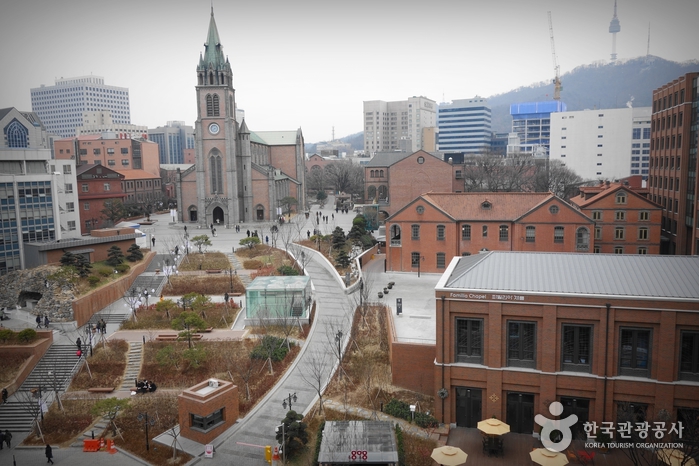
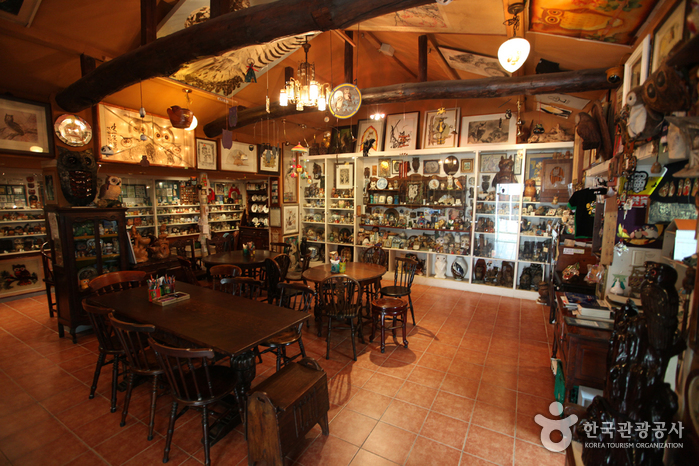
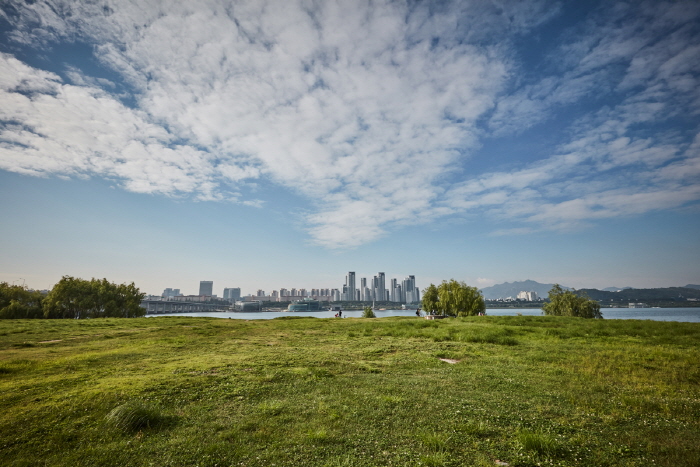

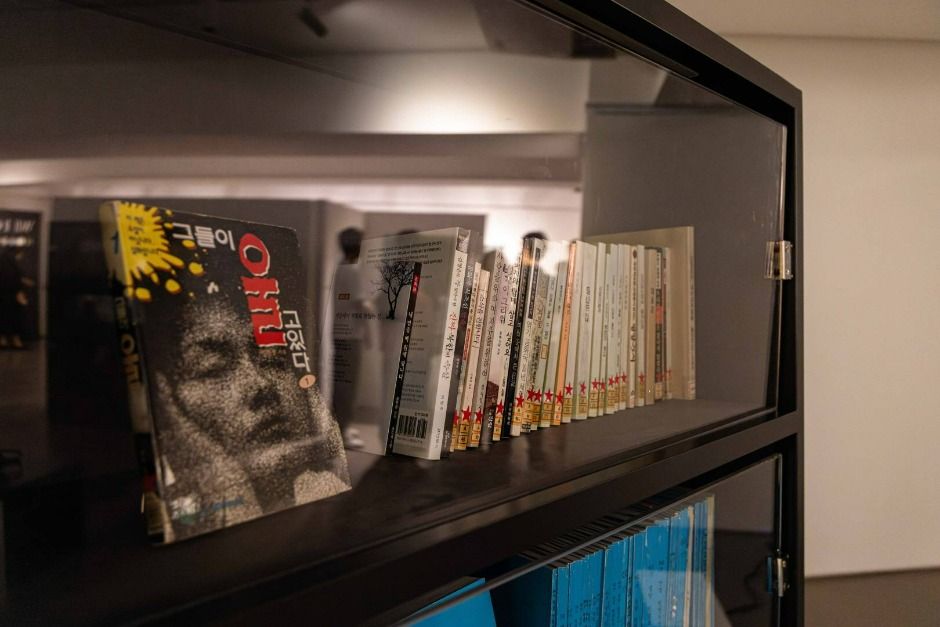
 Español
Español
 한국어
한국어 English
English 日本語
日本語 中文(简体)
中文(简体) Deutsch
Deutsch Français
Français Русский
Русский